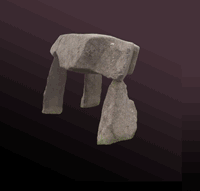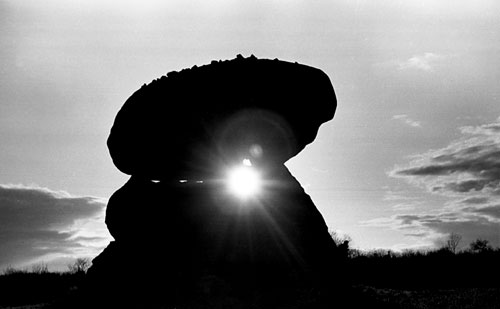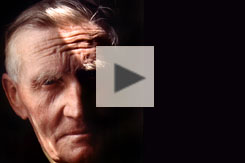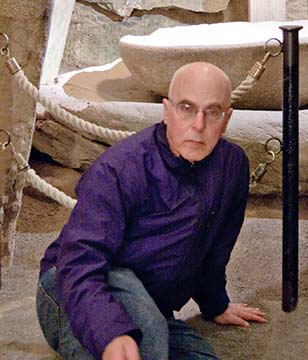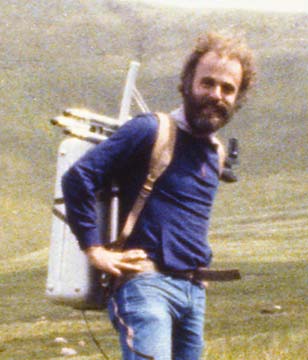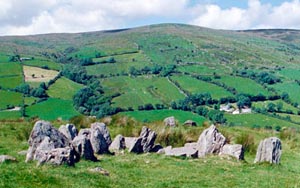From the Stone Age to the Iron Age the ancient inhabitants of Ireland made their marks on the land with great stone and earthen structures. Their descendants developed stories to explain them. Some of these tales were said by Celtic scholar Kuno Meyer in 1911 to represent the “earliest voice from the dawn of West European civilization.” 1
In the century of Irish scholarship since Meyer the provenance of the early Irish epics has been moved forward in time to the early medieval, likely preceded by a long period of oral tradition in which “…some residual motifs or themes of pre-Christian origin remain.” 2 The phrase, however, still resonates in an entirely different way. The voices considered in this project belong not only to the bards of ancient Ireland. The Voices from the Dawn belong to all who have been moved by the power of these ancient sites: the farmers who have lived in their shadows, the poets who saw in them images of time cast in stone, and the archaeologists who have made them a passionate vocation.
This project began in earnest in 1978, when I started making summer excursions to Ireland for research and media creation. When completed this website will bring together the results of my exploration of the nexus of Irish prehistoric monuments and their mythology and folklore. There will be some 130 ancient monuments included in the project. As new sites are added to the project they will be featured on the Voices from the Dawn Facebook and Twitter pages. Visitors there will be notified of the updates.
I first encountered an Irish megalithic monument, the Proleek Dolmen, in 1968. I also photographed, from the other side of the fence, the great passage tomb of Newgrange, then under excavation. In later visits to Ireland, inspired by the 1960s work of Paul Caponigro, I traveled with a 4×5 view camera in a backpack case (see photo, below left). Eventually this work evolved, with the technology, to digital and then to virtual-reality imaging. Some of the virtual-reality tours of the monuments are presented here in a version compatible with a head mounted display (HMD), such as the Google Cardboard or the Oculus Rift. For information on this option, click here.

